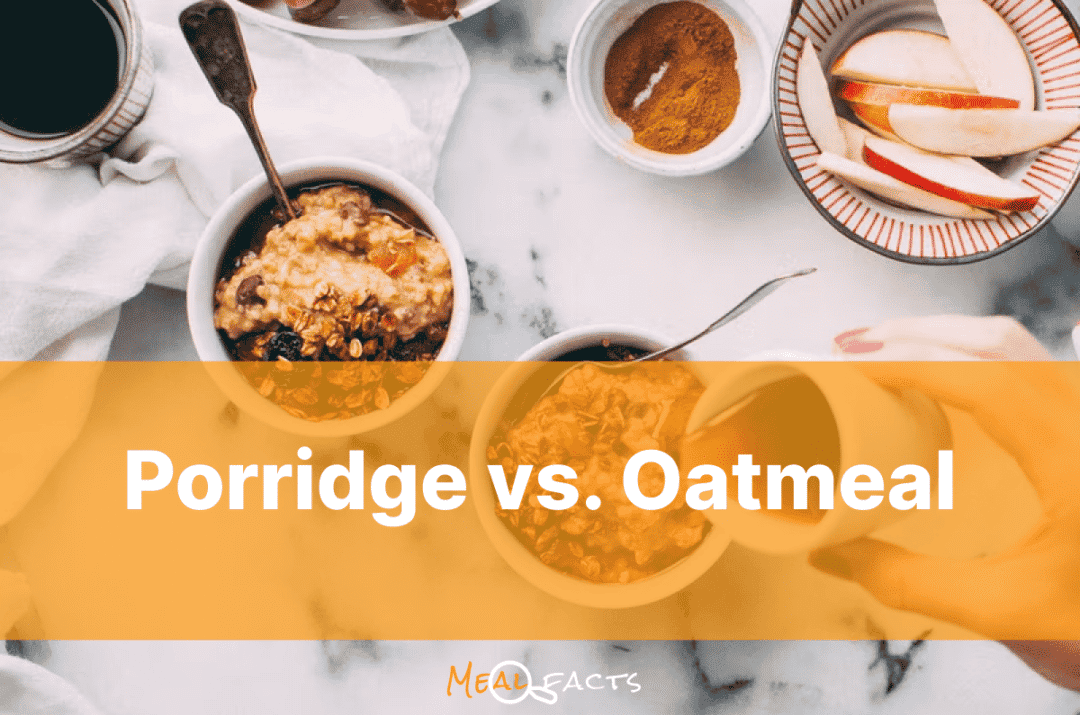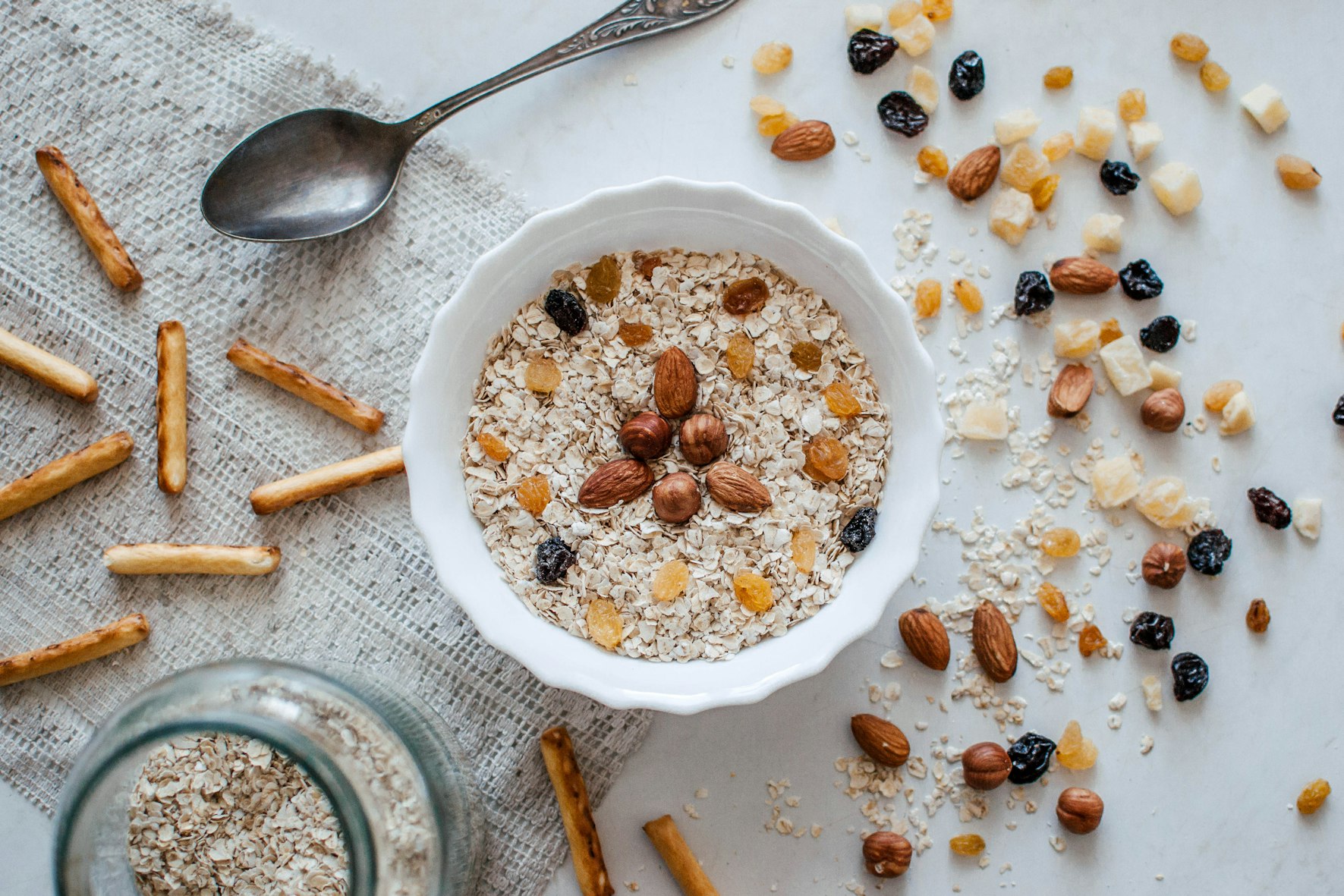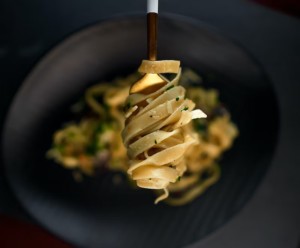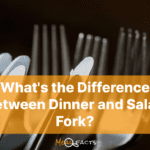
Porridge vs. Oatmeal : What is the Difference?
The question of porridge vs. oatmeal is not appropriate, Both have a lot in common.
Oatmeal is a type of porridge, which means the two dishes have a lot in common. You’ll cook grains in a liquid, usually water or milk, for oatmeal and most types of porridge. This means they take about the same amount of time to cook on the burner, about twenty to thirty minutes. Both porridge and oatmeal have a gruel-like texture and are soft meals. Depending on the coarseness of the grains used to make them, these meals might be chunky or smooth, and they’re usually served warm.
Table of Contents
What Exactly Is Porridge?

Porridge is a hot porridge prepared from grains or legumes that have been boiled with milk, broth, or water. Porridge has a thick, viscous viscosity akin to gruel as a result of this. Milk and rolled oats are used to make several porridges, such as oatmeal. Other whole grains, such as corn, rice, maize, millet, spelt, barley, and wheat, can be used to produce porridge. Rice porridge, often known as congee, is a popular Asian porridge. Grits (a popular porridge in the South) and polenta (an Italian variation of porridge) both use corn as a key component.
What Exactly Is Oatmeal?

Oatmeal is a porridge prepared from oats boiled in milk or water. It’s a popular type of porridge for breakfast. When cooking oatmeal, you may use a variety of oats, including rolled oats, old-fashioned oats, steel-cut oats, whole oats, and quick oats. It can be made savoury or sweet, adding maple syrup, dried fruit, fresh fruit, or brown sugar as flavourings. Oatmeal is a gluten-free carbohydrate option that is also low in sugar and has the ability to lower dangerous cholesterol levels in the body.
Also read: The Best Way to Start Your Day: The Healthiest Breakfast Menu
Porridge vs. Oatmeal : What’s the Difference?
Sure, we all know what oatmeal looks like, but what precisely is porridge? What’s the difference between oatmeal and porridge? (While we’re on the subject, what’s the difference between porridge, grits, and gruel?) I’ve watched Oliver, after all! And the contents of the pot appear to be oatmeal to me.) It turns out that calling a bowl of oats “porridge” is perfectly acceptable because oatmeal is, in fact, a sort of porridge. Not all porridges are bowls of oats, just as not all rectangles are squares and not all pop stars are Beyoncé.
Porridge is simply any grain—oats, maize, or even rice—that has been cooked and boiled in water or milk until it has the creamy, thick consistency that we all know and love. “Hot cereal” is another name for it. When you see it, you know what it looks like: a gloppy bowl of something cream-coloured.You can eat your porridge chunkier such that you can see individual oats in the dish; this is commonly referred to as oatmeal. However, creamy porridge is made with oats that have been boiled down till the actual oats have melted and you can’t distinguish where one oat flake ends and another begins in the most traditional British sense. One “essential tip” for preparing great porridge, according to British chef Jamie Oliver’s website, is that “you need those oats to break down, and the best way to accomplish that is to stir until your arm seizes up.” (I know, it’s sexy.) There’s even a special spoon called a spurtle that you may use to obtain that texture and avoid clumps of oats.
Also Read: Is 5am too early for breakfast?
Porridge isn’t confined to oats, and the concept of thickening grains by boiling them in milk or water isn’t exclusive to British cuisine. Around the world, there are variations of porridge that make the most of whatever grains are readily accessible in each country. For example, rice porridge, often known as congee, is available in many different varieties throughout Asia. These savoury recipes are usually cooked with rice and water or an animal broth.

The options are truly unlimited, and examples of porridge from various cuisines may be found all throughout the world. Sorghum porridge may be found in South Africa and Papua New Guinea. Ruispuuro is a rye and water porridge popular in Finland. In Russia and Eastern Europe, buckwheat porridge, often known as kasha, is popular. Genfo is a barley flour-based east African porridge. Then there’s upma, a tasty semolina-based porridge from southern India. Even grits are a sort of porridge created from maize in the most technical definition.
There are so many various textures, flavours, and toppings that may be used in this very basic dish that even if you despise oats, you can discover a porridge that you enjoy. All you have to do now is give porridge a chance.
Porridge vs. Oatmeal : Frequently Asked Questions
Which is better oatmeal or porridge?
Oatmeal and porridge are fundamentally the same thing — they’re both made by cooking oats with milk or water. In comparison to our Quick Oats and Sachets, which make a creamier bowl of oats, we think of oatmeal as chunkier and coarser.
Is UK porridge the same as oatmeal?
It is usually referred to as “porridge” or “oatmeal” in the United States and Canada. Both oat and wheat porridge are referred to as “hot cereal” in the United States. In England, rolled oats are popular, oatmeal is popular in Scotland, and steel-cut oats are popular in Ireland.
Why is it called porridge?
On the one hand, the term ‘pottage,’ a variant of the French word ‘potage,’ a name for soup, and on the other, the word ‘pot,’ the saucepan, may be traced back to the origin of the word “porridge.”
Why is porridge banned in prisons?
However, due of its thinner consistency, they are permitted to purchase ‘Ready Brek’ from the canteen. Porridge is also prohibited because oats may be fermented to make illegal bourbon. Inmates were offered 5 ounces of oats with three-quarters of a pint of milk in the 1800s.
Is porridge better with milk or water?
The right milk-to-water ratio is important to making a creamy, tasty porridge. If you use too much milk, your oats porridge will become sticky and thick. If you don’t use any milk, your porridge won’t have that creamy flavour. Of course, if you don’t want to, you may skip the milk entirely.
Is eating oatmeal everyday healthy?
Oatmeal is a healthy food that provides several health advantages when consumed on a regular basis. Yes, oatmeal is beneficial to consume every day because of its nutritional profile and health advantages, which include weight loss and heart health.
What are the benefits of an oatmeal?
1. Blood sugar levels are reduced.
2. Antioxidants are present.
3. Promotes the growth of beneficial microorganisms in your stomach.
4. Helps you maintain a healthy weight by making you feel full
5. Constipation is relieved.
6. Itching and irritation of the skin are relieved.
7. Reduces the risk of colon cancer.
Is oatmeal healthy or not?
Oats are one of the world’s healthiest grains. They’re a gluten-free whole grain that’s packed with essential vitamins, minerals, fibre, and antioxidants. Oats and oatmeal offer several health advantages, according to studies. Weight loss, decreased blood sugar levels, and a lower risk of heart disease are just a few of the benefits.







